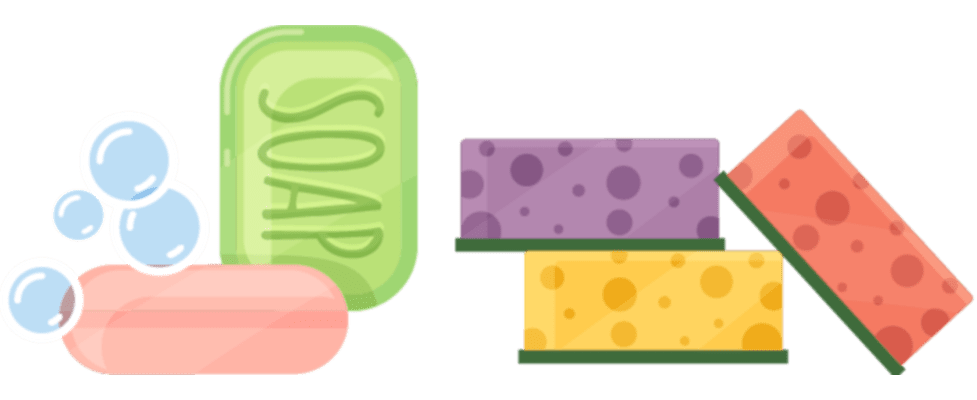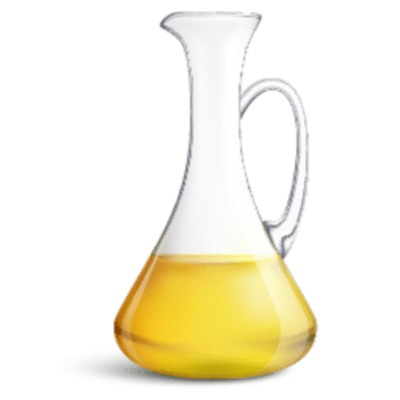Granite Countertop Maintenance
Granite countertops are not maintenance-free. However, they take some extra work to keep them looking good. Below is a list of some tasks to help you maintain your countertops.

Daily
Each day, use a lint-free cloth or paper towel and clean with a specially formulated granite cleaning product. After cleaning, use a different lint-free cloth or paper towel to dry the countertop off. Do not use common cleaners, as they contain abrasives that can damage the sealant.

Disinfecting Granite
Although the kitchen is a hotbed of activity for bacteria growth, your granite countertop is not likely to harbor these germs. If you feel the need to give your granite countertop a disinfecting, do not use bleach or any other acidic cleaner, and they can cause damage. Use a gentle dish soap instead.

Spills
Granite countertops in the kitchen or bathroom are a good choice as they are resilient to most stains. Stains from tea, coffee, citric acid, alcohol, or wine clean up instantly. But there are a few things to keep in mind to prevent stains from setting in permanently. Granite can absorb liquids that are left for any length of time. Remove spilled liquids by blotting them as soon as the spill occurs. Use a soft cloth or paper towel and follow up with cleaning the area with a granite cleaner, then dry. Do not wipe a stain as that will spread it.

Oil
There is a special cleaning process required to remove deep-seated, time-set oil stains. A poultice made with a baby or baking soda and water works best. Start by moistening the surface with the same liquid you have made the paste out of. Then, apply about a half-inch thick layer of the poultice paste. Cover the area with plastic sheeting, tape it in place, and let sit for 48 hours. After that time, remove the poultice with a spatula, rinse the area with clean water, wipe away excess water, and let the surface dry.

Cutting
Because granite is so hard and durable, you could cut food directly on the countertop; however, that is not advised. The strength of the stone can result in damage to your knives. Cut food on a chopping block instead.

Heat
Hot pans can be placed on top of your granite countertops, but try not to. If the stone is cold, and you put a hot pan on it, you could cause something called thermal shock from the difference in temperature of the two surfaces. This could result in hairline cracks that can get worse over time.
Additional Sealing
Your granite countertop will require frequent sealing to keep it protected from dirt buildup and staining. Use a specially formulated granite sealer product every six months to a year. Darker stone is denser and less porous, and it will not stain as easily, but still requires sealing.
In Conclusion
Granite countertops are wonderful additions to any kitchen or bathroom. You can keep yours looking perfect just by following the maintenance tips noted above.
